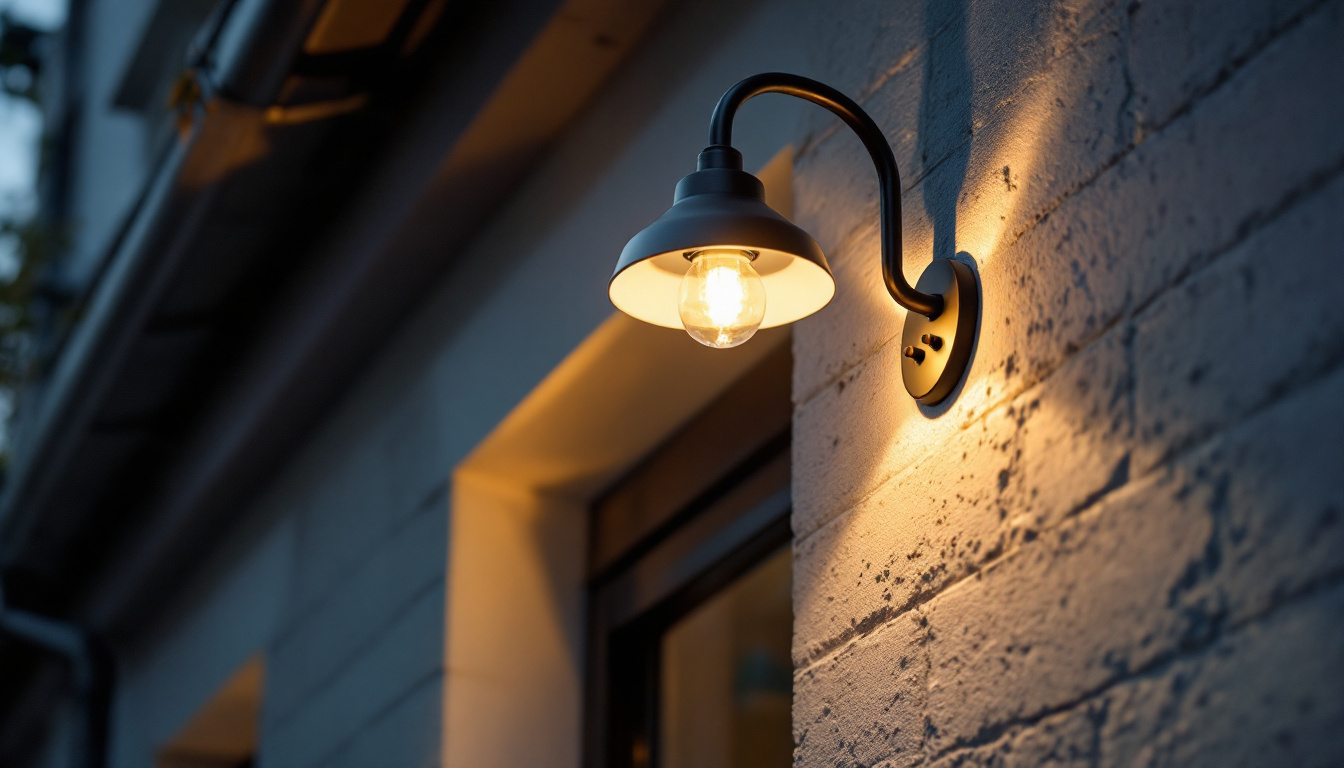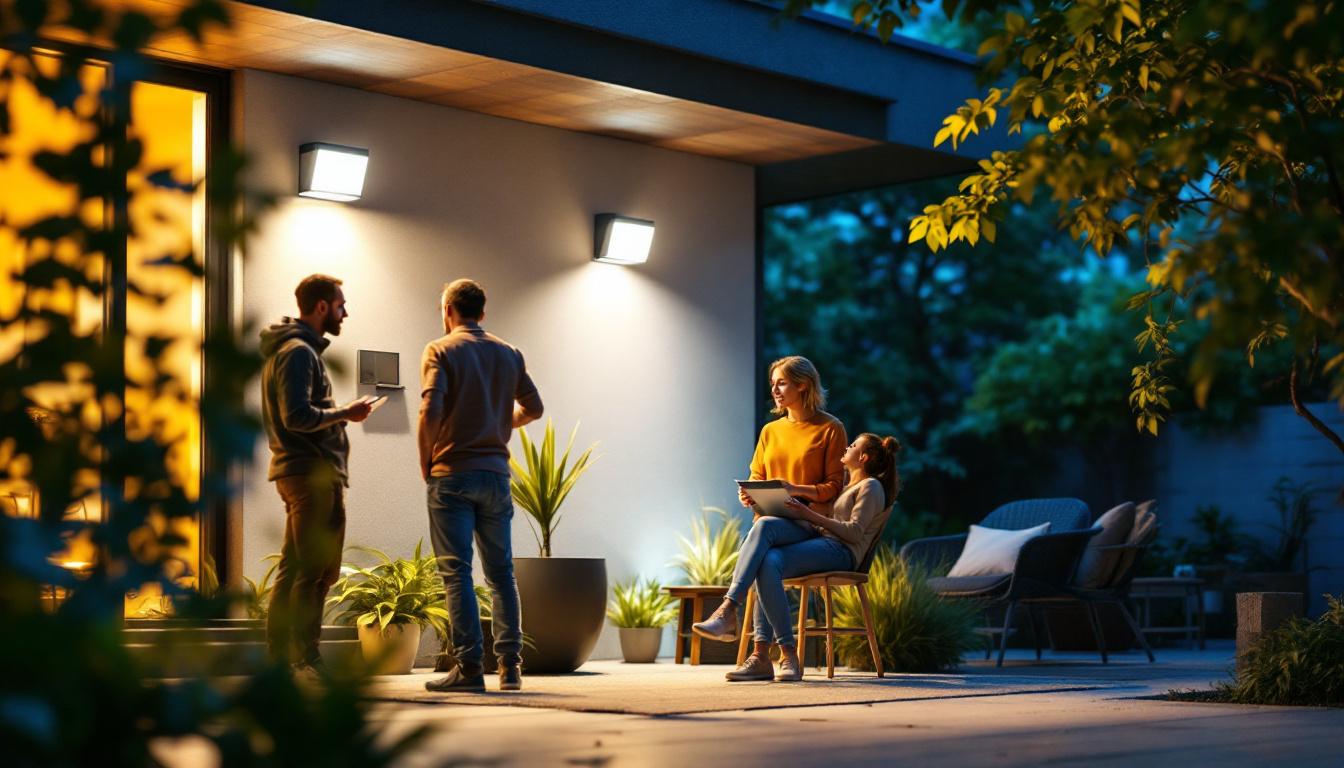
Lighting projects can be intricate and demanding, requiring a keen eye for detail and a solid understanding of various components. One such component that often gets overlooked is recessed trim. While it may seem like a minor detail, the choice of recessed trim can significantly impact the overall aesthetic and functionality of a lighting installation. This article aims to guide lighting contractors through common pitfalls associated with recessed trim and offer strategies to avoid costly mistakes.
Recessed trim is the visible part of a recessed lighting fixture that is installed flush with the ceiling. It serves both functional and aesthetic purposes, providing a finished look while also directing light effectively. The right trim can enhance the ambiance of a space, while the wrong choice can lead to glare, uneven lighting, or an unappealing appearance. Proper selection of recessed trim can transform a room, making it feel more spacious and inviting, or it can detract from the overall design if not chosen thoughtfully.
Before diving into specific mistakes to avoid, it’s essential to understand the different types of recessed trim available on the market. Options range from baffle trims, which help reduce glare, to reflector trims that maximize light output. Each type has its unique characteristics and applications, making it crucial for contractors to choose wisely based on the project requirements. For instance, in a home theater, a baffle trim might be preferred to create a cozy atmosphere, while a reflector trim could be more suitable for a retail space where visibility and brightness are paramount.
There are several types of recessed trim, each designed for specific lighting needs. Baffle trims are popular in residential settings as they minimize glare and provide a soft, diffused light. On the other hand, reflector trims are often used in commercial spaces where high light output is necessary. The finish of the trim can also play a significant role; for example, a matte finish may help absorb light and reduce reflections, while a shiny finish can enhance brightness and create a more modern look.
Additionally, adjustable trims allow for directional lighting, making them ideal for highlighting artwork or architectural features. These trims can be tilted or rotated, providing flexibility in how light is distributed throughout a space. Understanding these options will help contractors select the appropriate trim for their projects, ensuring both functionality and aesthetics are achieved. Furthermore, the choice of trim can also affect energy efficiency; selecting LED-compatible trims can lead to significant savings on electricity bills while providing long-lasting illumination. As technology advances, new trim designs continue to emerge, offering even more versatility and efficiency for various lighting applications.
Even seasoned lighting contractors can fall prey to common mistakes when selecting recessed trim. These errors can lead to unsatisfactory results, resulting in additional costs and time delays. Awareness of these pitfalls is the first step toward avoiding them.
One of the most significant mistakes is not considering the ceiling height when selecting recessed trim. In spaces with high ceilings, using shallow trims can lead to inadequate light distribution and create dark spots. Conversely, in low-ceiling areas, oversized trims can make the space feel cramped and diminish the overall aesthetic appeal.
Contractors should carefully measure the ceiling height and consider how different trims will affect light distribution. Using adjustable trims in high ceilings can help direct light where it’s needed most, ensuring a well-lit environment. Additionally, incorporating dimmable fixtures can further enhance flexibility, allowing for adjustments based on the time of day or specific activities taking place in the room. This adaptability can transform the ambiance of a space, making it more functional and inviting.
The color temperature of the light source is another crucial factor that can be overlooked. Different trims can reflect light differently, affecting the perceived color temperature in a room. For instance, a warm white light may appear even warmer when reflected off a gold or bronze trim, while a cooler light might clash with darker trims.
To avoid this mistake, contractors should always test the light source with the chosen trim before finalizing their selection. This practice ensures that the desired ambiance is achieved and that the lighting complements the overall design of the space. Furthermore, understanding the psychological effects of color temperature can guide decisions; warmer tones can create a cozy and inviting atmosphere, while cooler tones are often more energizing and suitable for workspaces. By thoughtfully considering these aspects, contractors can enhance both the functionality and aesthetic appeal of their lighting designs.
Even with the right trim selection, installation errors can lead to significant issues. Proper installation is critical to ensure that the recessed trim functions as intended and looks great. Here are some common installation mistakes to watch out for.
Placement of recessed lights is vital for achieving the desired lighting effect. Lights that are too close together can create harsh shadows, while those that are too far apart may leave areas inadequately lit. Contractors should consider the layout of the space and the intended use when determining the placement of recessed trim.
A good rule of thumb is to space recessed lights approximately 4 to 6 feet apart, depending on the wattage of the bulbs being used. Additionally, placing lights at least 2 feet away from walls can help avoid unwanted shadows and create a more even distribution of light. In spaces with high ceilings, such as living rooms or vaulted areas, increasing the distance between fixtures may be necessary to ensure the light spreads effectively throughout the room. Furthermore, incorporating a dimmer switch can enhance flexibility, allowing users to adjust the brightness based on the time of day or specific activities, such as reading or entertaining.
Another critical aspect of installation is ensuring that there is adequate ventilation for heat dissipation. Recessed lights can generate significant heat, and if not properly ventilated, this can lead to overheating and potential fire hazards. Contractors should always check the manufacturer’s specifications regarding clearance and ventilation requirements.
Using IC-rated trims in insulated ceilings is essential to prevent overheating. These trims are designed to be in contact with insulation without posing a fire risk, ensuring that the installation remains safe and efficient. Additionally, it is beneficial to consider the type of bulbs being used; LED bulbs, for instance, produce less heat compared to incandescent bulbs and can significantly reduce the risk of overheating. Properly insulating around the fixtures, while still allowing for airflow, can also help maintain energy efficiency, ultimately leading to lower utility bills. Moreover, regular maintenance checks can ensure that dust and debris do not accumulate in the fixtures, which can impede airflow and contribute to overheating issues over time.
The materials used in recessed trim can significantly affect both performance and aesthetics. Selecting the wrong materials can lead to functional issues and diminish the overall look of the lighting installation. Here are some considerations to keep in mind.
Durability is a crucial factor when selecting materials for recessed trim. Trims made from low-quality materials may not withstand the test of time, leading to discoloration or damage. It’s advisable to choose trims made from high-quality metals or plastics that can endure wear and tear.
The finish of the trim also plays a vital role in the overall appearance. A matte finish can provide a modern look, while a glossy finish may be more suitable for traditional designs. Contractors should consider the overall design scheme of the space when selecting the finish for recessed trim.
Not all recessed trims are compatible with every type of bulb. For instance, LED bulbs may require specific trims designed to accommodate their unique heat and light output characteristics. Using incompatible bulbs can lead to flickering, reduced lifespan, and even damage to the fixture.
Contractors should always verify compatibility between the trim and the chosen light source. This step ensures optimal performance and longevity, ultimately leading to satisfied clients and successful projects.
Lighting needs can change over time, whether due to renovations, changes in decor, or evolving technology. Therefore, planning for future modifications is essential when selecting recessed trim. Here are some strategies to consider.
Choosing trims that allow for flexibility in design can save time and money in the long run. Adjustable trims, for example, can easily be repositioned to accommodate new design elements or changes in lighting needs. This adaptability can be particularly beneficial in commercial spaces where layouts may frequently change.
Additionally, opting for neutral finishes can help ensure that the trim complements various design styles, making it easier to update the space without the need for complete replacements.
As smart home technology continues to evolve, incorporating features that allow for easy upgrades can be advantageous. Selecting trims that are compatible with smart lighting systems can provide clients with the flexibility to enhance their lighting setup in the future without significant renovations.
Contractors should stay informed about emerging technologies and consider how they can integrate these advancements into their lighting projects. This proactive approach can lead to more satisfied clients and a competitive edge in the market.
Recessed trim may seem like a small component in the grand scheme of lighting projects, but its impact cannot be underestimated. By understanding the various types of trims, avoiding common mistakes in selection and installation, and planning for future needs, lighting contractors can ensure successful outcomes for their projects.
Ultimately, the right choice of recessed trim enhances not only the functionality of the lighting but also the overall aesthetic appeal of the space. By taking the time to carefully consider each aspect of recessed trim, contractors can avoid costly mistakes and deliver exceptional results that meet and exceed client expectations.
Ready to elevate your lighting projects with the right recessed trim? Look no further than LumenWholesale for all your lighting needs. Our spec-grade lighting products not only meet the highest industry standards but are also available at unbeatable wholesale prices. Say goodbye to local distributor markups and hello to superior lighting products that fit your budget. With free shipping on bulk orders, you can stock up on high-quality lighting without worrying about hidden fees. Make your next project a shining success with the perfect blend of quality, affordability, and convenience at LumenWholesale – Wholesale Lighting at the Best Value.

Discover essential tips and common pitfalls for lighting contractors working with light goosenecks.

Discover expert tips on training your team in outdoor flush mount motion detector lighting. Boost security, efficiency, and safety—learn how today!.

Discover why ceiling lights are essential for office spaces and why every lighting contractor should prioritize them.

Discover the ultimate guide to selecting the perfect lights for over your bar.